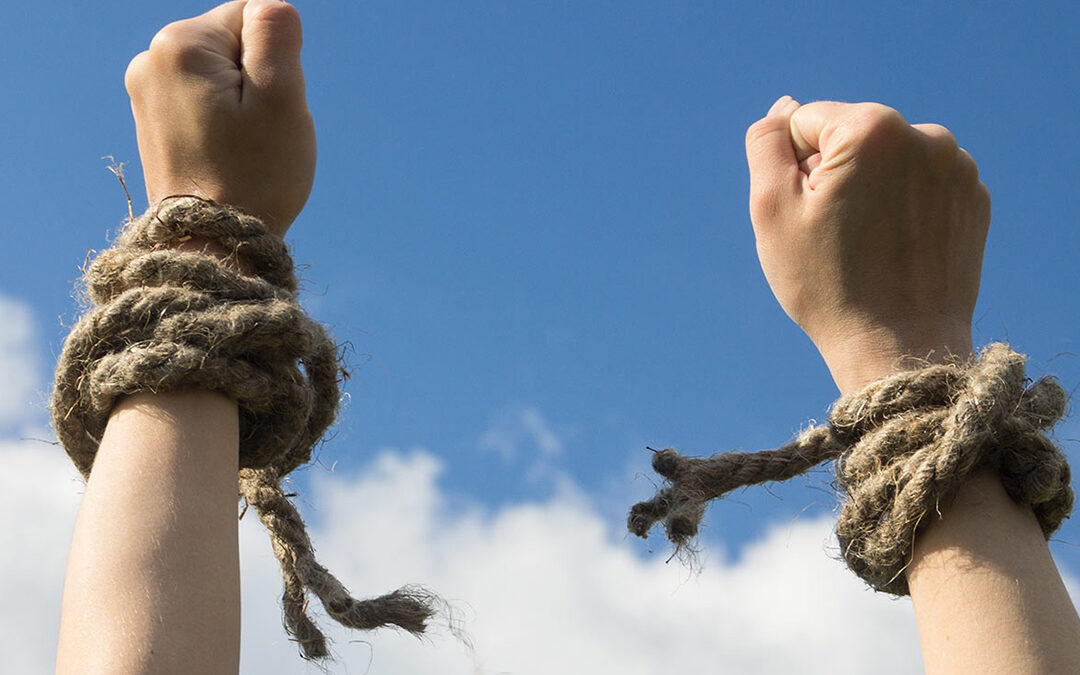We All Can Help End Human Trafficking
Get to know these 10 steps below:
1) Become Educated
– Train medical or health care personnel to recognize the signs of human trafficking.
– Train law enforcement personnel, hotel and nightclub employees, high school students, airport employees, truck, taxi, and bus drivers; train attendants; flight attendants; and employees at truck and rest stops.
– Train principals, guidance counselors, teachers, and school nurses on identifying the signs of sex trafficking.
– Children and adolescents who are enrolled in school may be victims of sex trafficking or forced labor, teachers, school counselors, and administrators also need anti-trafficking training. Social workers and counselors also need to be informed, because children who have been abused at home, have run away, are alcohol- or drug-dependent, or are in the care of child-welfare agencies are at high risk for human trafficking. Traffickers will bring their victims to health-care facilities for a variety of problems, including sexually transmitted diseases, injuries, respiratory, or other systemic illnesses. In these cases, traffickers often exert control over the victim and the situation by speaking directly to the health-care provider, completing the paperwork, and hovering close to the victim during treatment. Doctors, nurses, and technicians need training and protocols to recognize and act in the best interest of the victim.
– Learn about Human Trafficking by visiting websites such as:
— Coalition to Abolish Slavery and Trafficking at www.castla.org
— Polaris Project at www.polarisproject.org
— United Nations Office on Drugs and Crime at www.unodc.org
2) Incorporate Victim Identification into an Anti-Trafficking Strategy in which the plight of victims is recognized, patterns and tactics of traffickers are understood, and victims are offered and ensured protection and assistance.
3) Get to Know Your Neighbors
– Join a neighborhood watch program and get involved in community activities. To join or create a neighborhood watch program in your community, visit the National Neighborhood Watch Program at www.usaonwatch.org.
4) Be Good Samaritans
– If you suspect someone is a victim of human trafficking alert local authorities or call one of the Human Trafficking Hotlines:
— Trafficking in Persons Information and Referral Hotline: 1-888-373-7888
— Trafficking in Persons & Worker Exploitation Task Force Hotline: 1-888-428-7581
5) Learn the Laws
– For laws in the United States, visit the US Department of Justice at www.usdoj.gov/olp/human_trafficking.htm.
6) Serve Your Community
– Volunteer at organizations that provide support, services, resources, and raises awareness of human trafficking.
7) Become a Voice for the Voiceless
– Write letters to the editor, lobby government for legislation and policy items and join the movement to end human trafficking.
8) Become an Informed Consumer
– Learn where your products come from in an effort to take a stand against industries that thrive on human trafficking. For example, you can visit www.wrapapparel.org to learn more about this effort.
9) Listen to the Stories of Survivors
– Survivor’s stories can teach us how to protect our vulnerable children and at-risk populations. Be empowered and learn more about human trafficking and how together we can all work to create change.
10) Victims Need to Feel Safe
– They will discuss what happened to them, and most victims disclose more details of their experiences over time. Thus, it is important that victims be allowed time to recover from physical, sexual, and psychological injuries in a safe and comfortable place with access to support services. Neither detention with the threat of deportation nor being charged with a crime is conducive to a victim’s disclosure of the trafficking experience. (U.S. State Department)

